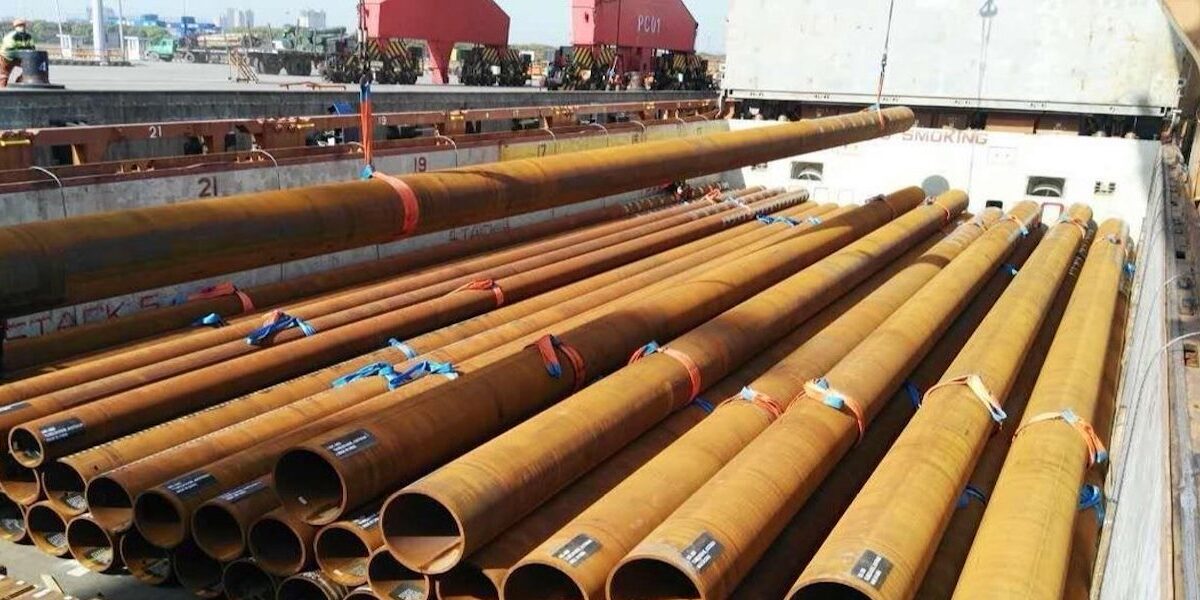
How to Choose the Right Piling Pipe for Your Project
Selecting the appropriate piling pipe is crucial for the success and longevity of any construction project. The right choice ensures structural stability, cost-effectiveness, and efficient installation. Here’s a comprehensive guide on how to choose the right Stealth Pipe and Steel tuyau de battage for your project:
Understand Your Project Requirements
Before selecting a piling pipe, clearly define your project’s specific needs:
- Soil conditions
- Load-bearing requirements
- Environmental factors (corrosion potential, seismic activity)
- Project timeline and budget
- Local building codes and regulations
- Consider Pipe Material
Piling pipes are typically made from steel, concrete, or timber. Steel is often preferred due to its strength, durability, and versatility. Consider:
- Steel grade (e.g., ASTM A252, ASTM A500)
- Wall thickness
- Corrosion resistance (coatings or galvanization)
Determine the Appropriate Pipe Diameter
The diameter of the piling pipe affects its load-bearing capacity and installation method. Factors to consider include:
- Structural load requirements
- Soil conditions
- Installation equipment capabilities
Evaluate Wall Thickness
Wall thickness impacts the pipe’s strength and durability. Consider:
- Load-bearing requirements
- Corrosion allowance
- Driving conditions (harder soils may require thicker walls)
Assess Pipe Length
The required length depends on:
- Depth to reach stable soil layers
- Structural design requirements
- Site-specific geotechnical data
Consider Installation Method
Different installation methods may require specific pipe characteristics:
- Driven piles: Require robust pipes that can withstand driving forces
- Bored piles: May allow for larger diameter pipes
- Vibrated piles: Suitable for looser soils and may require specific pipe properties
Evaluate Corrosion Protection
If your project site has corrosive soil or water conditions, consider:
- Galvanization
- Protective coatings
- Cathodic protection systems
Analyze Cost-Effectiveness
While initial costs are important, consider the long-term value:
- Material costs
- Installation costs
- Maintenance requirements
- Expected lifespan
-
Check Availability and Lead Times
Ensure your chosen piling pipe is readily available or can be delivered within your project timeline. Work with suppliers like Stealth Pipe and Steel to understand lead times and potential alternatives.
-
Consult with Experts
Engage with geotechnical engineers, structural engineers, and experienced piling contractors to validate your choice and gain insights into best practices for your specific project.
-
Consider Environmental Impact
Evaluate the environmental implications of your piling pipe choice:
- Recyclability of materials
- Carbon footprint of production and transportation
- Potential for soil or water contamination
-
Review Case Studies
Examine similar projects that have used the piling pipe you’re considering. This can provide valuable insights into real-world performance and potential challenges.
-
Conduct Site-Specific Testing
If possible, perform on-site tests with sample piles to verify performance and installation methods before committing to a full-scale implementation.
-
Plan for Future Modifications
Consider whether the chosen piling pipe allows for future modifications or extensions to the structure, if applicable to your project.
-
Ensure Compliance with Standards
Verify that your chosen piling pipe meets all relevant industry standards and local regulations. This is crucial for project approval and long-term safety.
By carefully considering these factors and working with reputable suppliers like Stealth Pipe and Steel, you can select the ideal piling pipe for your project. Remember that the right choice balances technical requirements, cost-effectiveness, and long-term performance. Don’t hesitate to seek expert advice throughout the selection process to ensure the best outcome for your construction project.
